Roberta Nesto, a lawyer and freelancer, has solid experience in civil law. In 2020 she became the first mayor of the municipality of Cavallino-Treporti to win re-election for a second term. During her administration the area has strengthened its role of excellence in national and European tourism: Cavallino-Treporti is now the first Italian beach in terms of number of presences, the fifth tourist resort in the country and the main one in the Veneto region. It is also recognized as the European capital of open-air tourism, with an annual flow of nearly seven million arrivals. Alongside the leadership of her municipality, Roberta Nesto also holds important positions on a territorial and national scale. In fact, she chairs the Costa Veneta, the association that brings together ten Adriatic seaside municipalities, from Bibione to Porto Viro, capable of recording 22.8 million tourist presences in 2023 alone, largely concentrated between May and September. At the national level, it coordinates the G20 Beaches, a permanent table that brings together the twenty-one Italian beach destinations with more than one million presences each. Altogether, the resorts generate about 12 percent of the tourist movement in Italy, amounting to 50 million overnight stays each year. The coordination aims to enhance and protect Italy’s coastline, with a focus on sustainability and competitiveness of major marine destinations. We interviewed her on these issues.
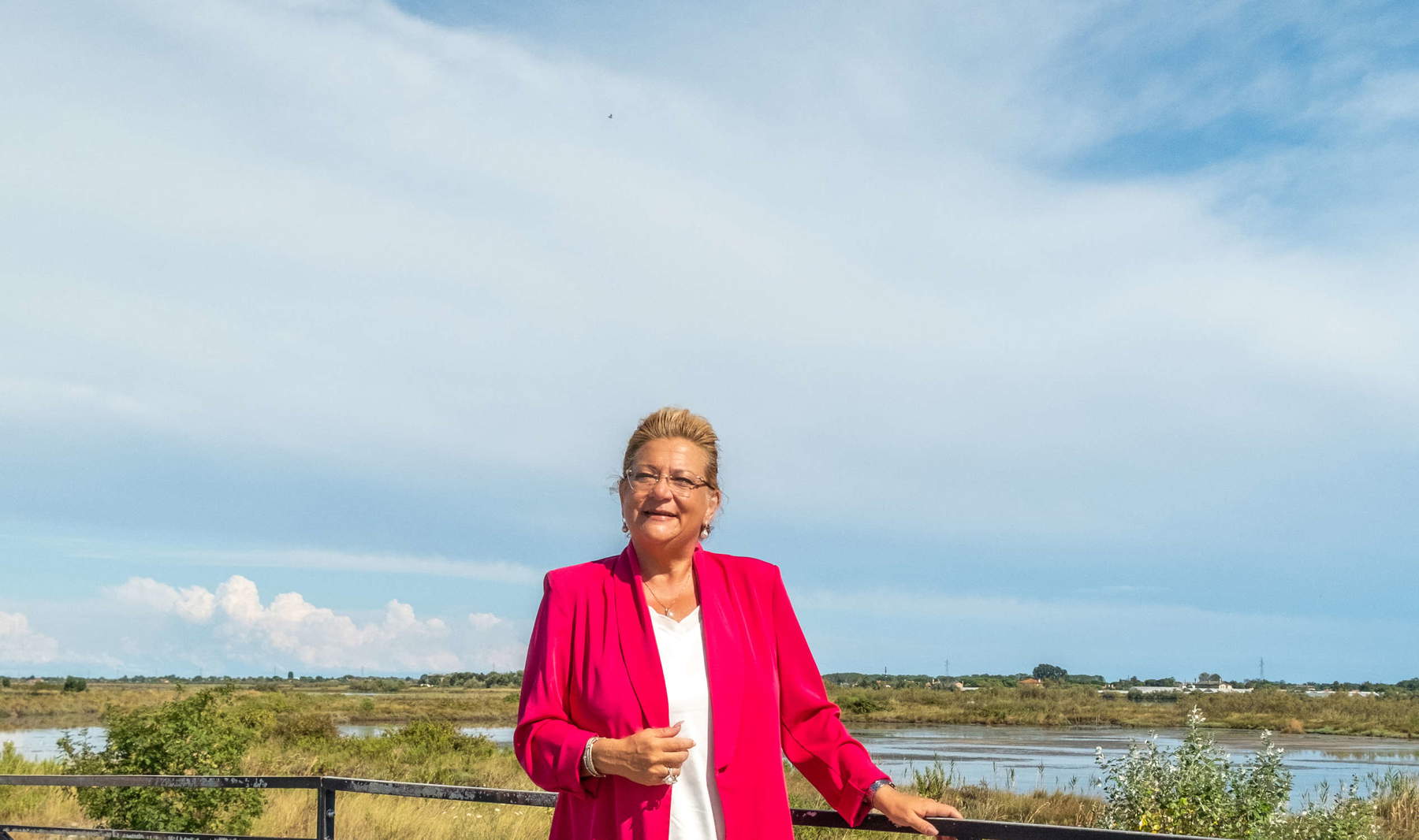
NC. Cavallino-Treporti was chosen as the venue for the first edition of The State of Tourism in Italy. What elements of your tourism experience do you think could be a model for other Italian coastal resorts to follow?
RN. Cavallino-Treporti represents a model of balance between tourist reception, sustainability and quality of life for residents. Our experience shows that public-private collaboration, together with careful planning on environmental and infrastructural issues, can generate important results. The area was chosen precisely because it embodies conscious tourism, rooted in the local community and capable of enhancing the natural landscape.
The G20 Beaches was created to enable the most visited coastal municipalities to cooperate on shared strategies. Can you give examples of initiatives where your municipality has collaborated with others (or intends to do so), and what are the difficulties and benefits involved?
The G20 is a key network for us: it allows us to compare notes, analyze common advantages and critical issues, and pursue shared projects. Among the main achievements are the drafting of the Sustainable Italian Coast Charter and the constant dialogue with the government for tourism policies appropriate to the seaside territories. Difficulties arise from the administrative complexity and different scale of our locations, from small towns to large cities, but collaboration strengthens everyone, allowing us to build common strategies for flow management and community protection.
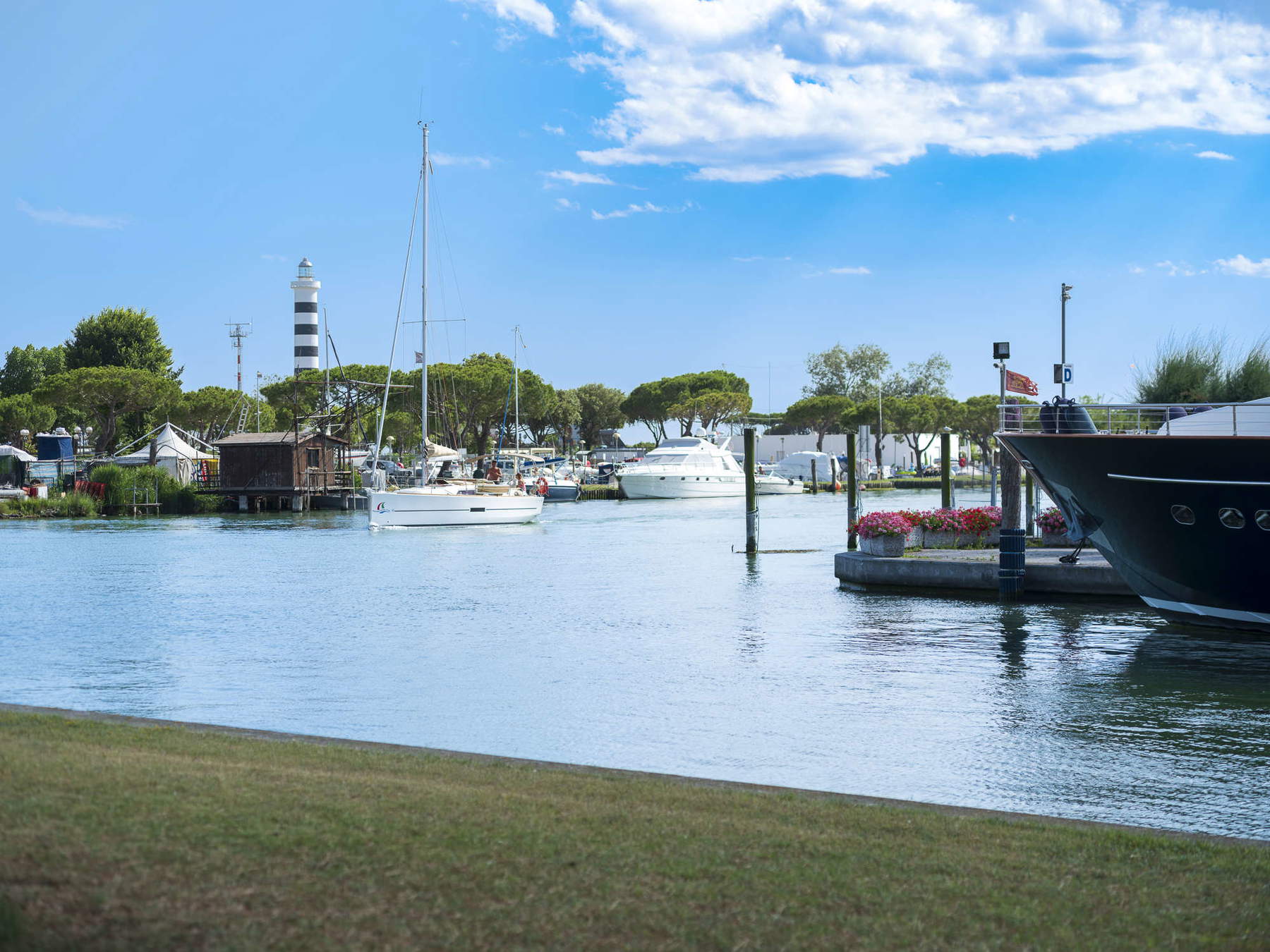
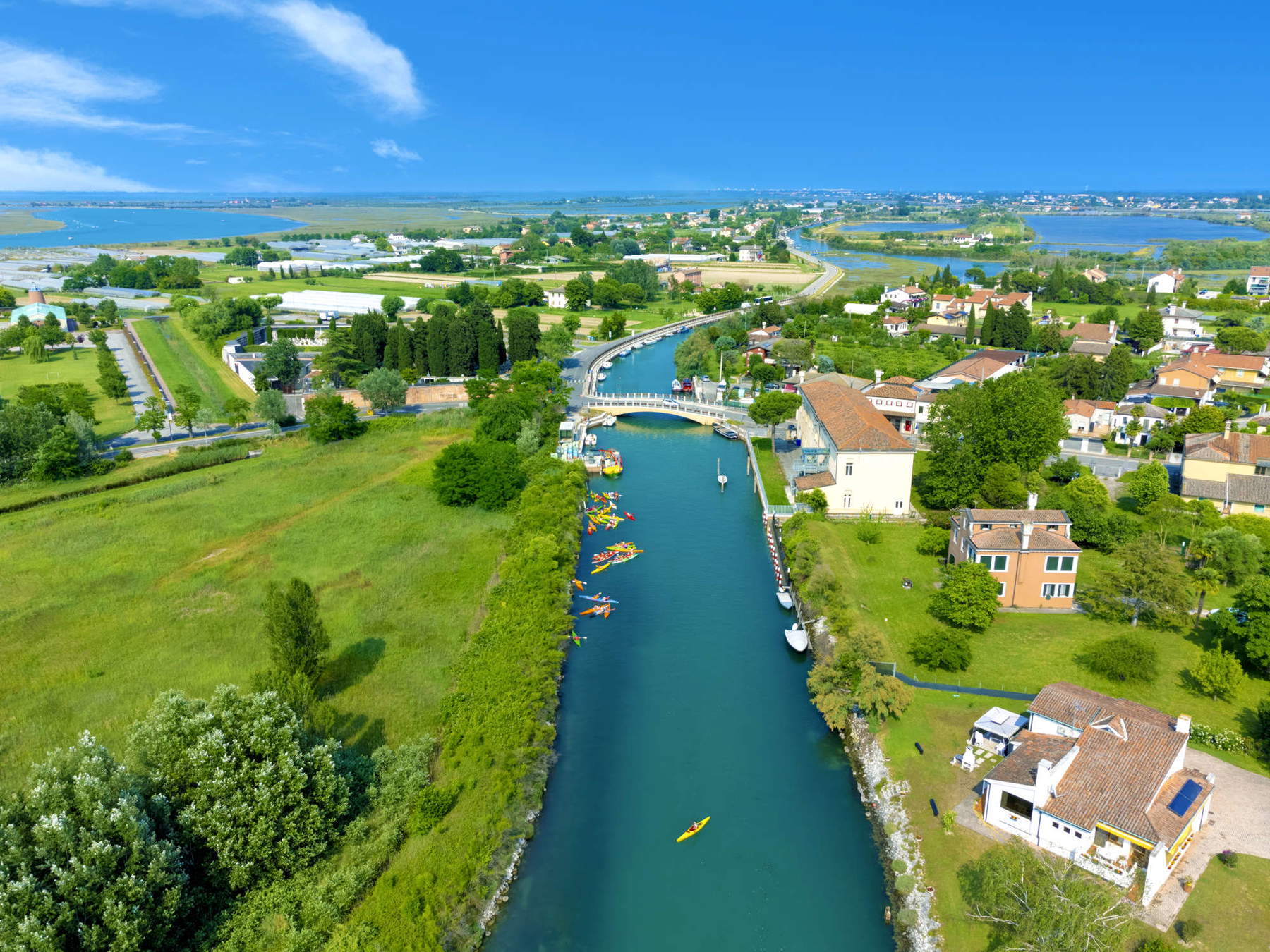
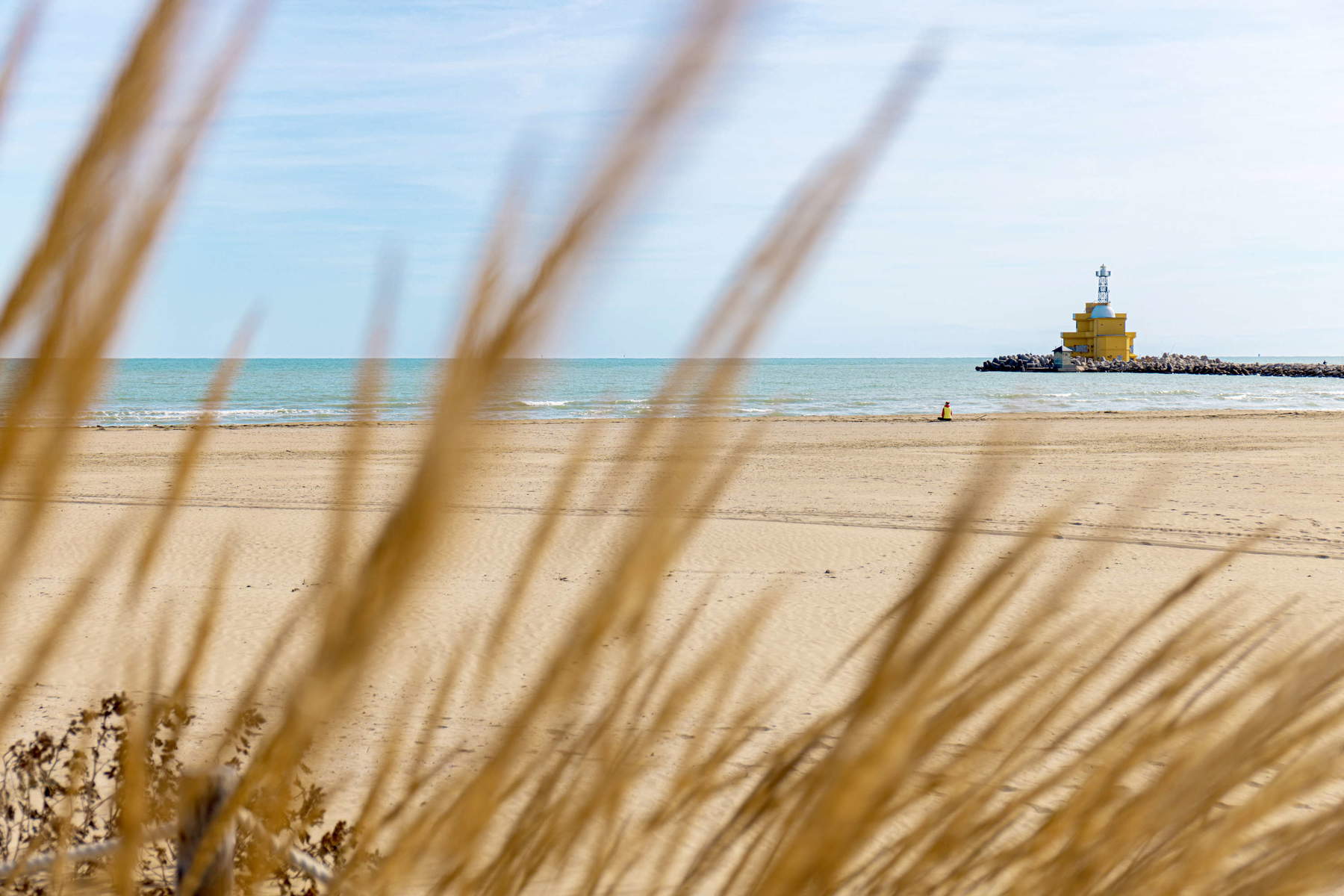
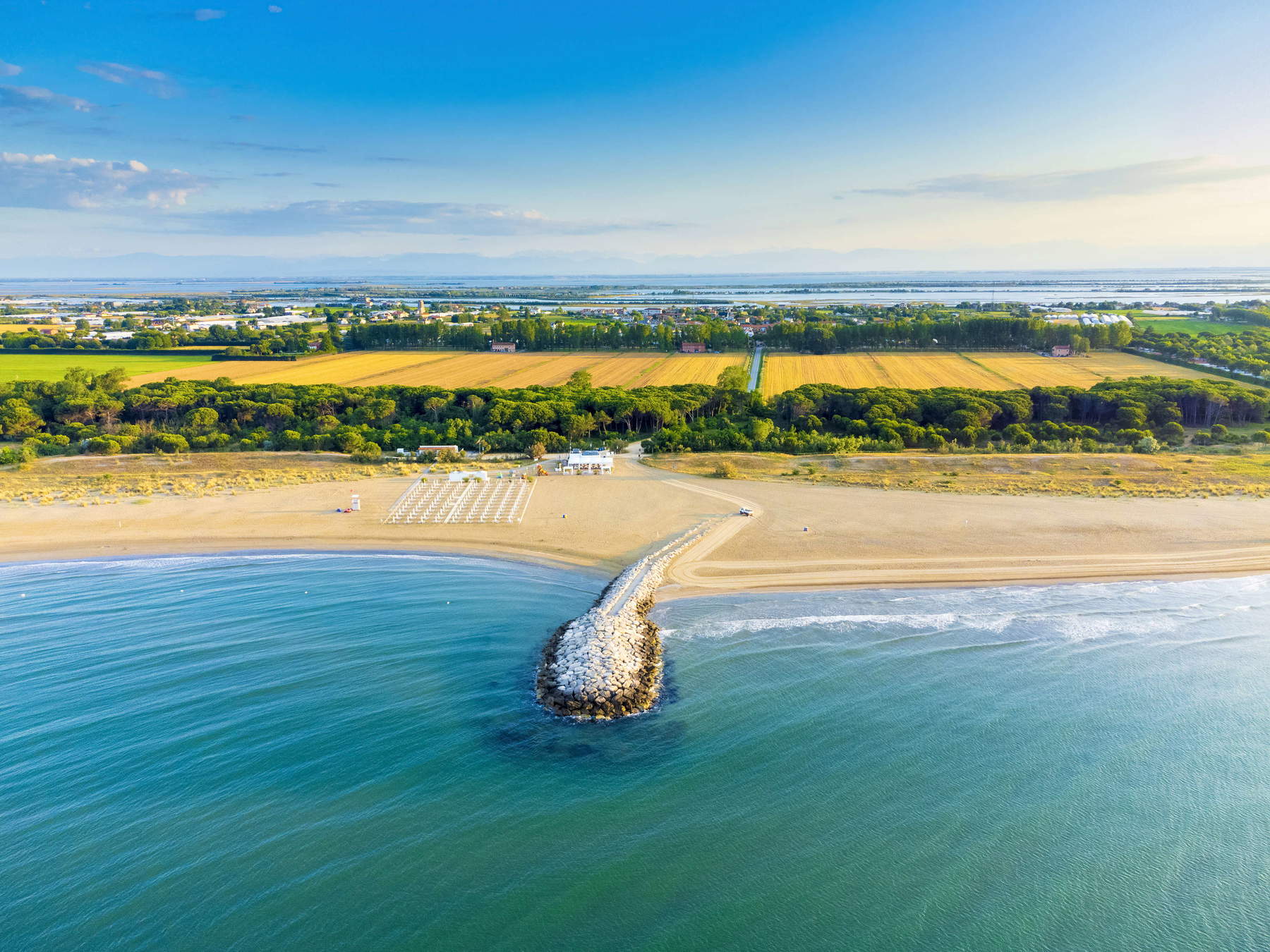
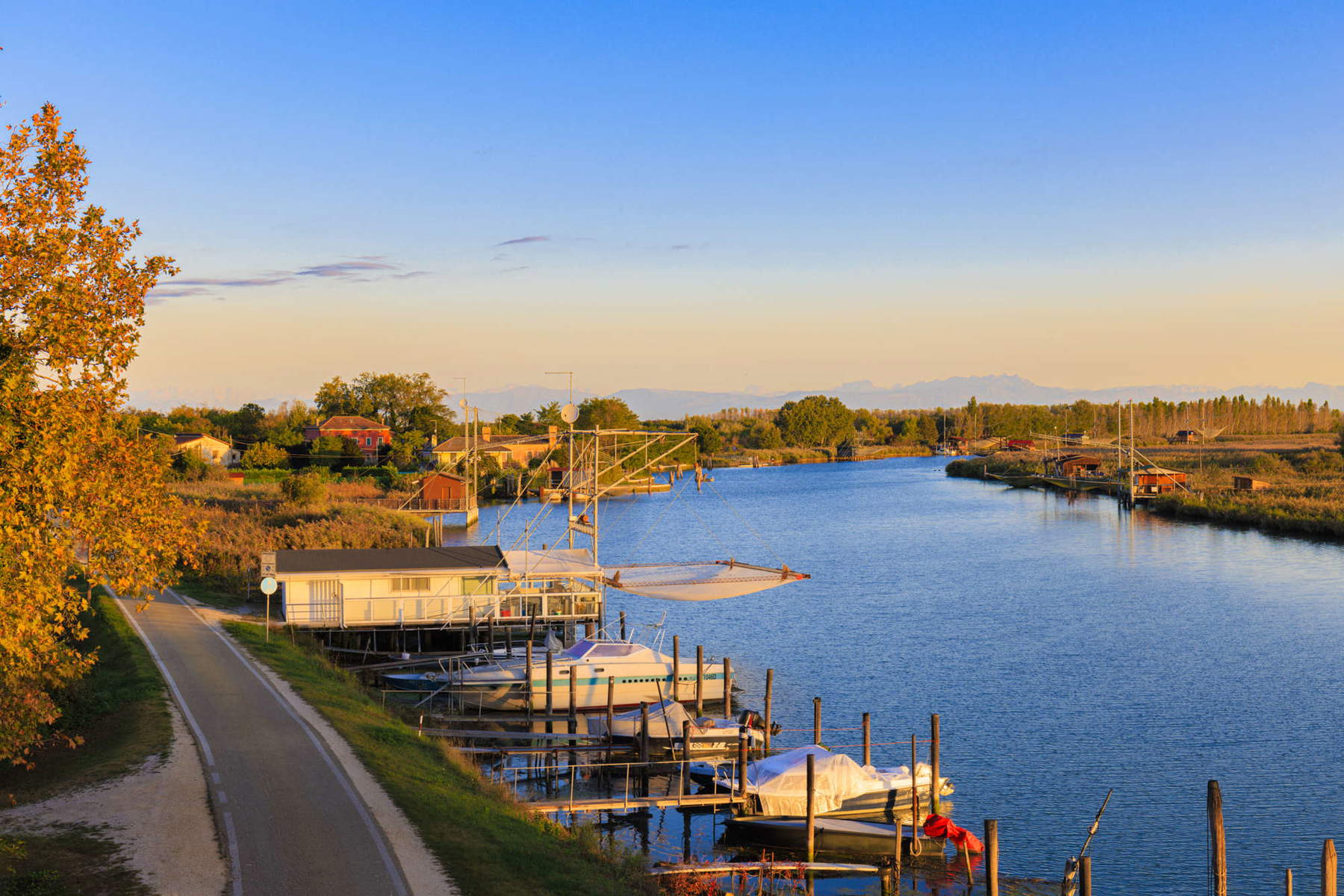
The G20 has promoted several initiatives to improve the regulatory framework for coastal communities. Among them, the proposed law on the status of marine communities, aimed at establishing the status of seaside towns to overcome the difficulties of tourist resorts that see their inhabitants multiply during the summer season without being able to guarantee adequate services, is a concrete example. What interventions do you consider a priority for Cavallino Treporti in this area? How do you intend to support them locally and nationally?
Marine community status represents a fundamental step. It means giving mayors concrete tools to manage tourist flows, not suffer them. This recognition would allow them to better address the sustainability, safety and mobility challenges typical of seaside resorts with strong seasonal peaks. Cavallino-Treporti, as an “accordion city” that expands in summer and contracts in winter, is a perfect example of how appropriate legislation can support balanced and responsible tourism management.
The G20 also places sustainability among its pillars. Are there actions you have already taken (or plan to take) to reduce the environmental impact of coastal tourism in your municipality (waste management, beach protection, sustainable mobility)?
Sustainability is at the core of our policies. We are investing in soft mobility projects, beach protection and waste reduction. Shared work among the G20 localities allows us to exchange best practices and develop replicable models, such as integrated seasonal waste management or green infrastructure to reduce environmental pressure in the months of greatest influx.
The ratio of residents to tourists in Cavallino Treporti during the summer is unbalanced. What measures are you taking to balance the experience of citizens with the needs of visitors?
We are aware that our area experiences a double dimension: small hamlets in winter and a large seaside town in summer. This is why we are working on two fronts: on the one hand, protecting residents, ensuring efficient services and quality spaces; and on the other, welcoming tourists, who are a key economic resource. The secret is to find a balance between coexistence and development, enhancing local identity.
With more than 6.7 million tourist presences recorded in 2024 and a clear predominance of foreign visitors, what strategies emerged from the G20 that are considered priorities for managing such a large influx in a sustainable way?
Managing such high numbers means planning for the long term. We are working on digitization, flow monitoring and infrastructure planning. The G20 is helping us share tools and methodologies to keep the quality of the tourism experience high while protecting the environment and the well-being of the population.
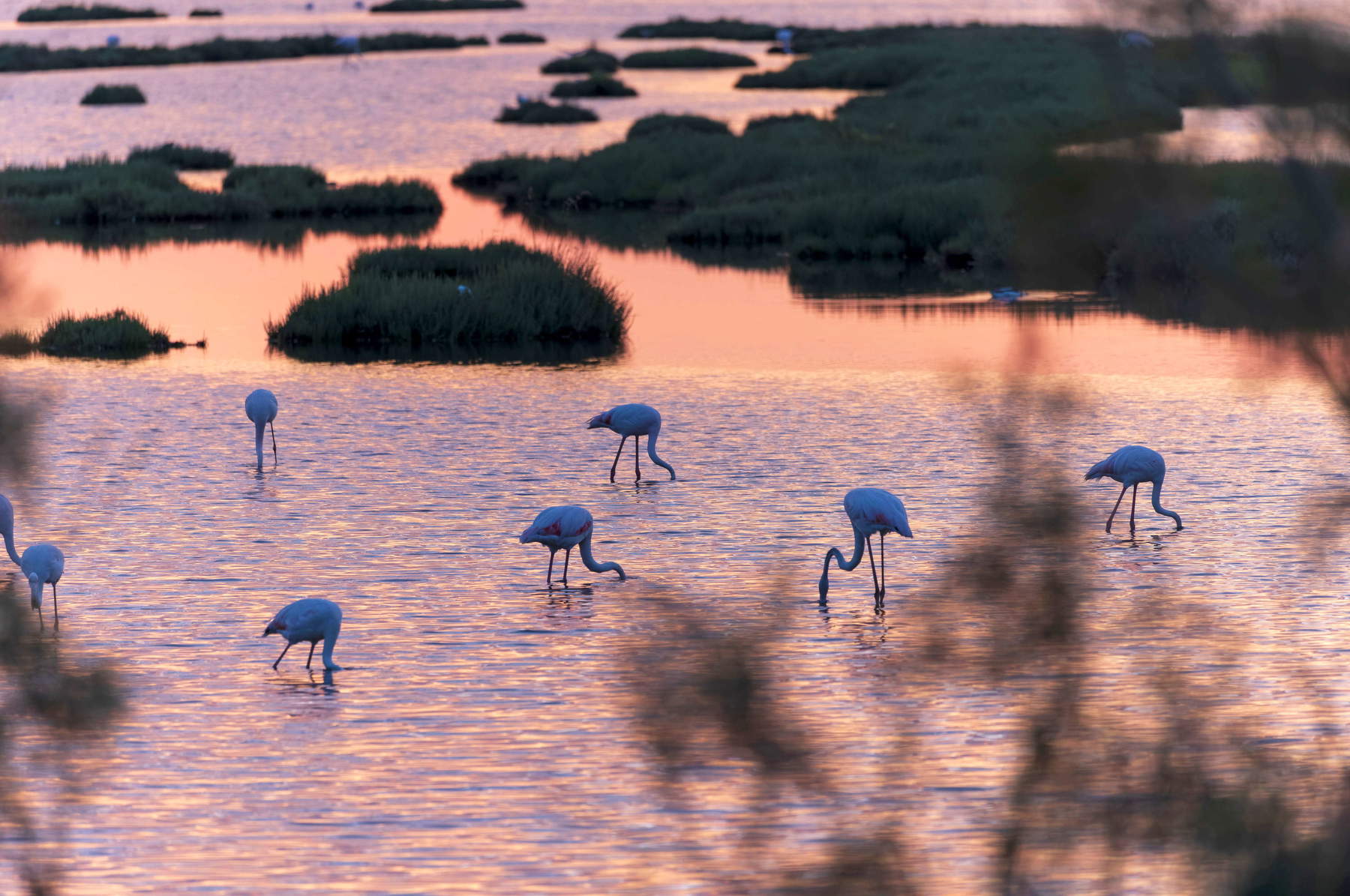
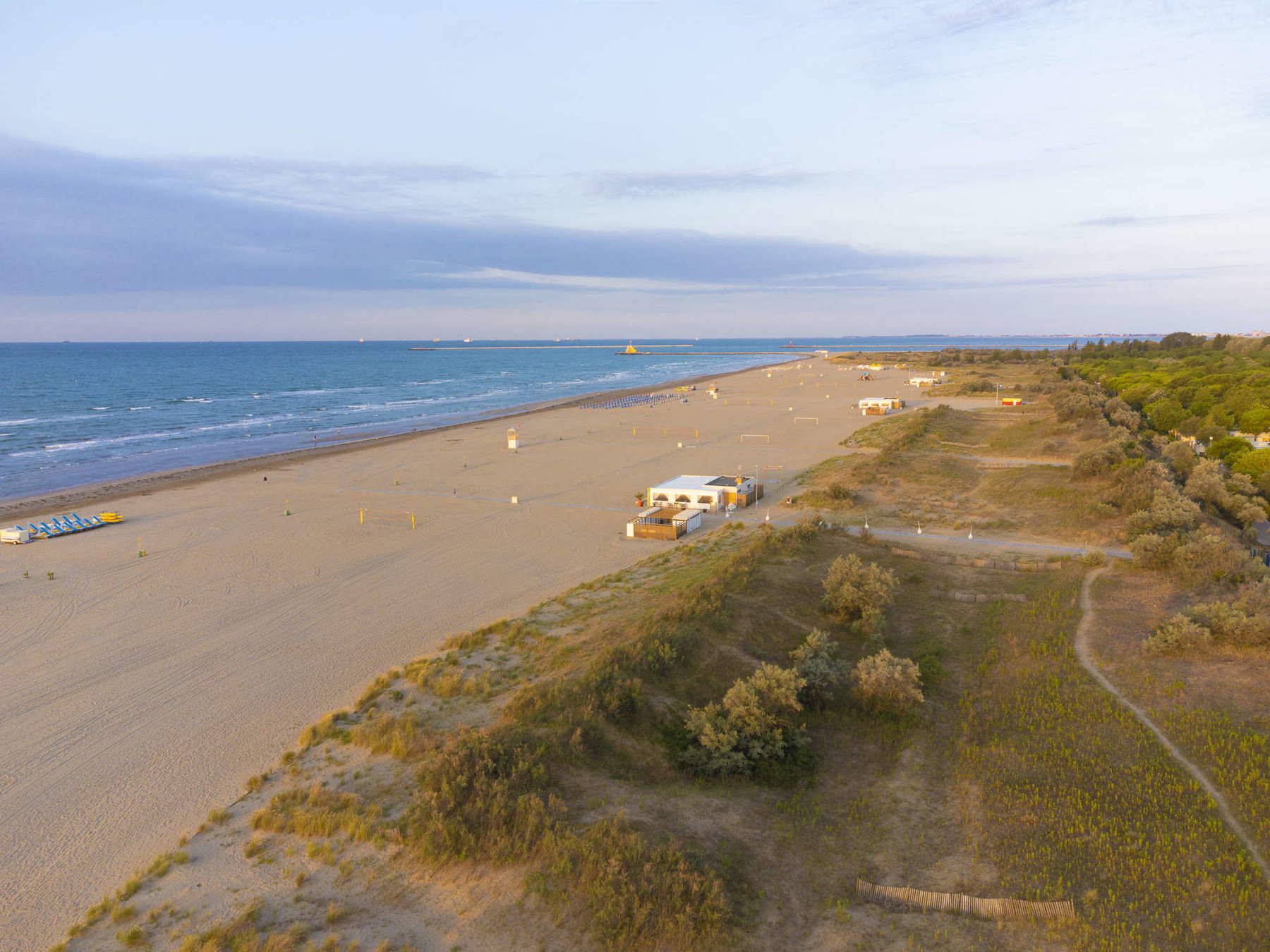
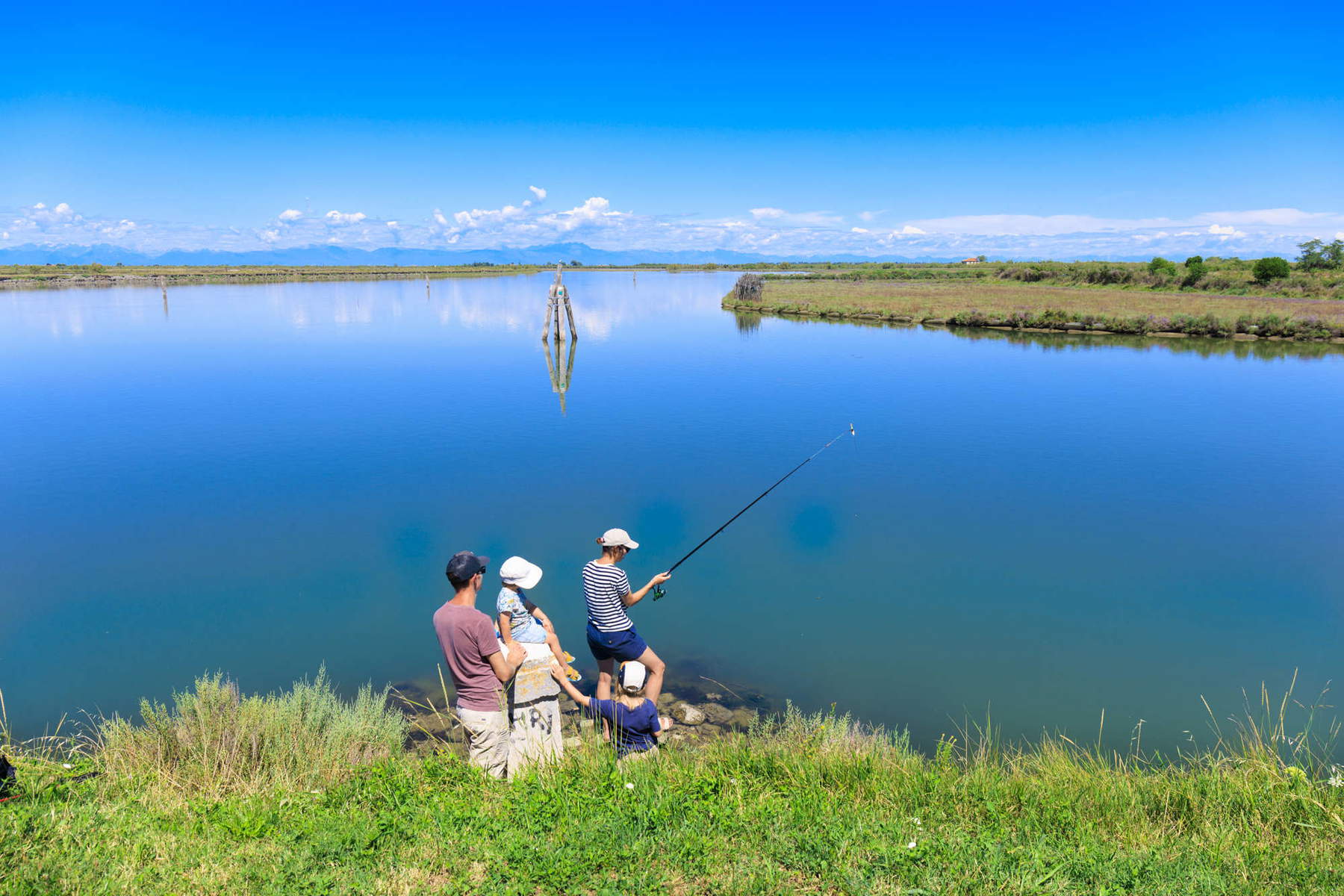
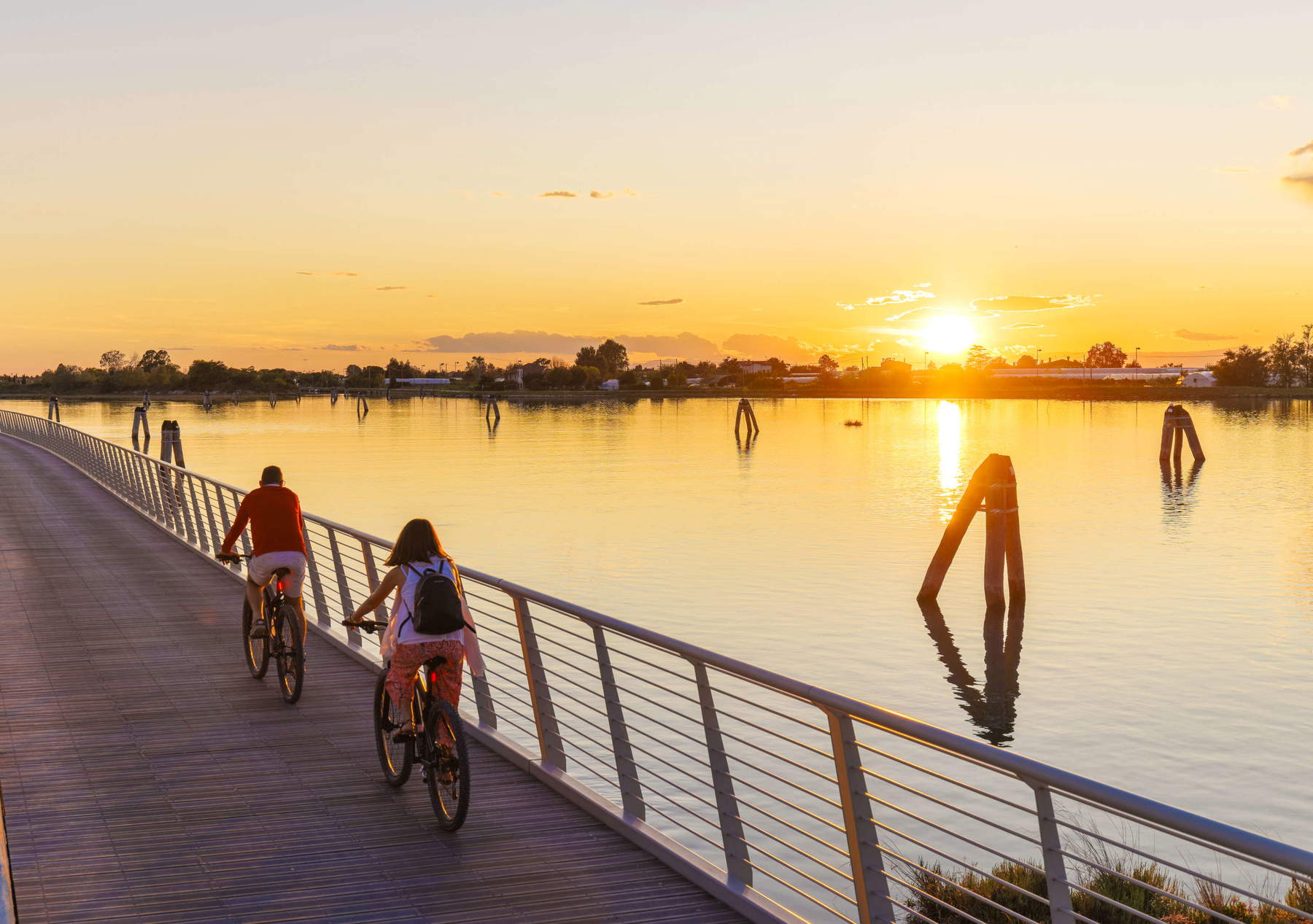
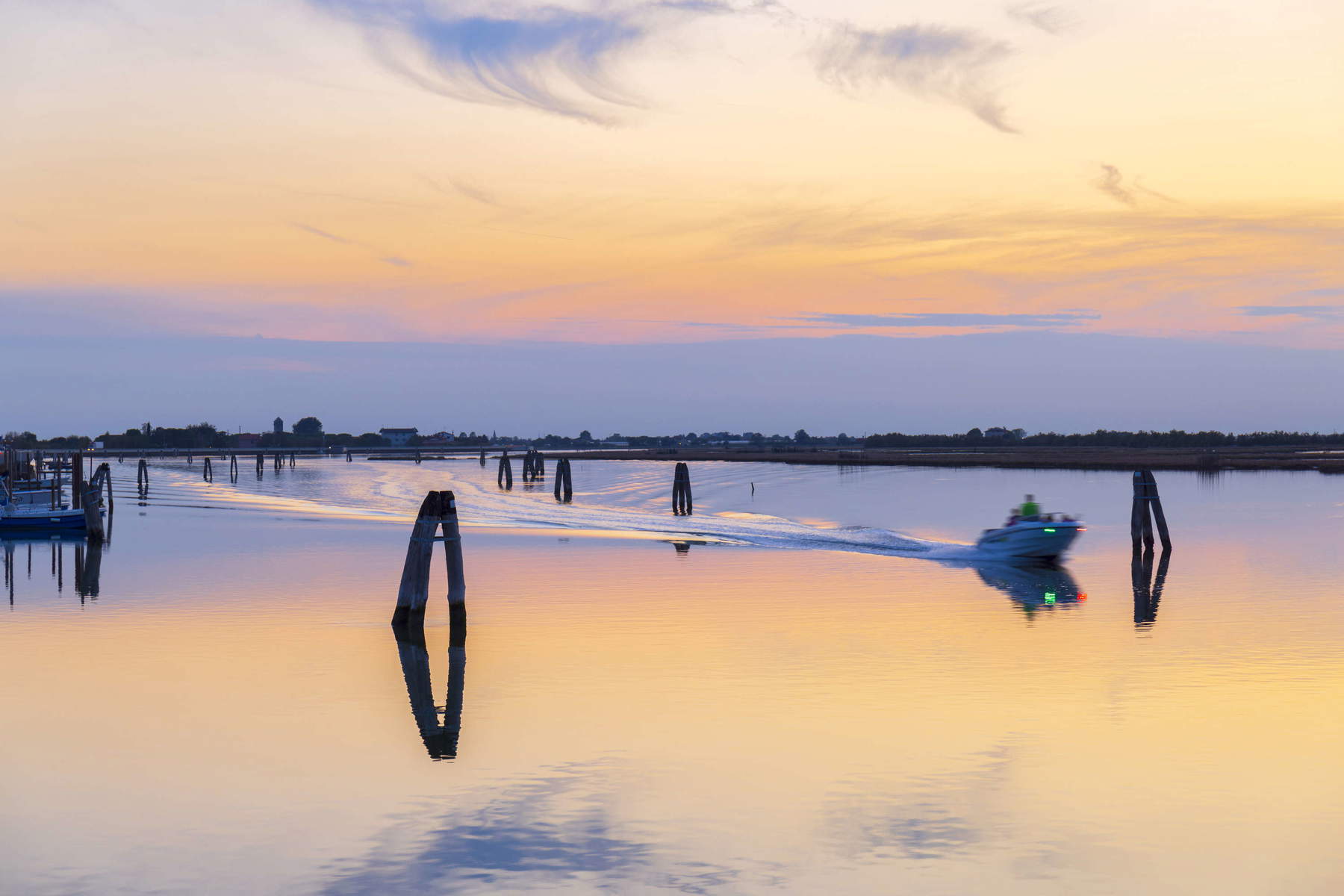
Tourism in Cavallino-Treporti generates about 3,500 jobs and contributes 9 percent to national open-air tourism. With this in mind, how can the G20 beaches help marine communities enhance the employment and ancillary industries related to this sector?
Tourism is a key employment resource and the G20 can play a key role in enhancing seasonal and skilled labor. We need to ensure adequate conditions for operators and promote pathways for training and professional growth. The Marine Communities Act can also foster this by supporting workers and creating a balance between seasonality and continuity.
How do you think the G20 network can evolve in the coming years to respond to environmental needs and post-pandemic tourism in the municipality of Cavallino Treporti?
The G20 network has become a national reference point and will continue to grow as a platform for comparison and proposal towards superordinate bodies. In the coming years it must strengthen inter-municipal collaboration, foster ecological transition and promote new, more sustainable and conscious forms of experiential tourism. It is a challenge we are facing together, with the understanding that the future of tourism passes through responsibility and shared vision.
Warning: the translation into English of the original Italian article was created using automatic tools. We undertake to review all articles, but we do not guarantee the total absence of inaccuracies in the translation due to the program. You can find the original by clicking on the ITA button. If you find any mistake,please contact us.